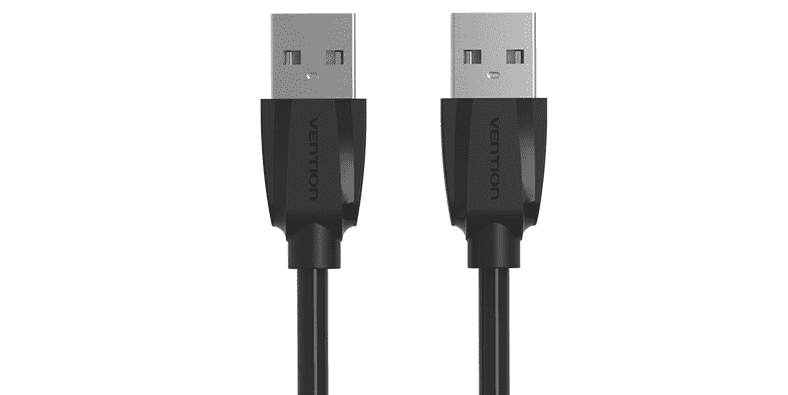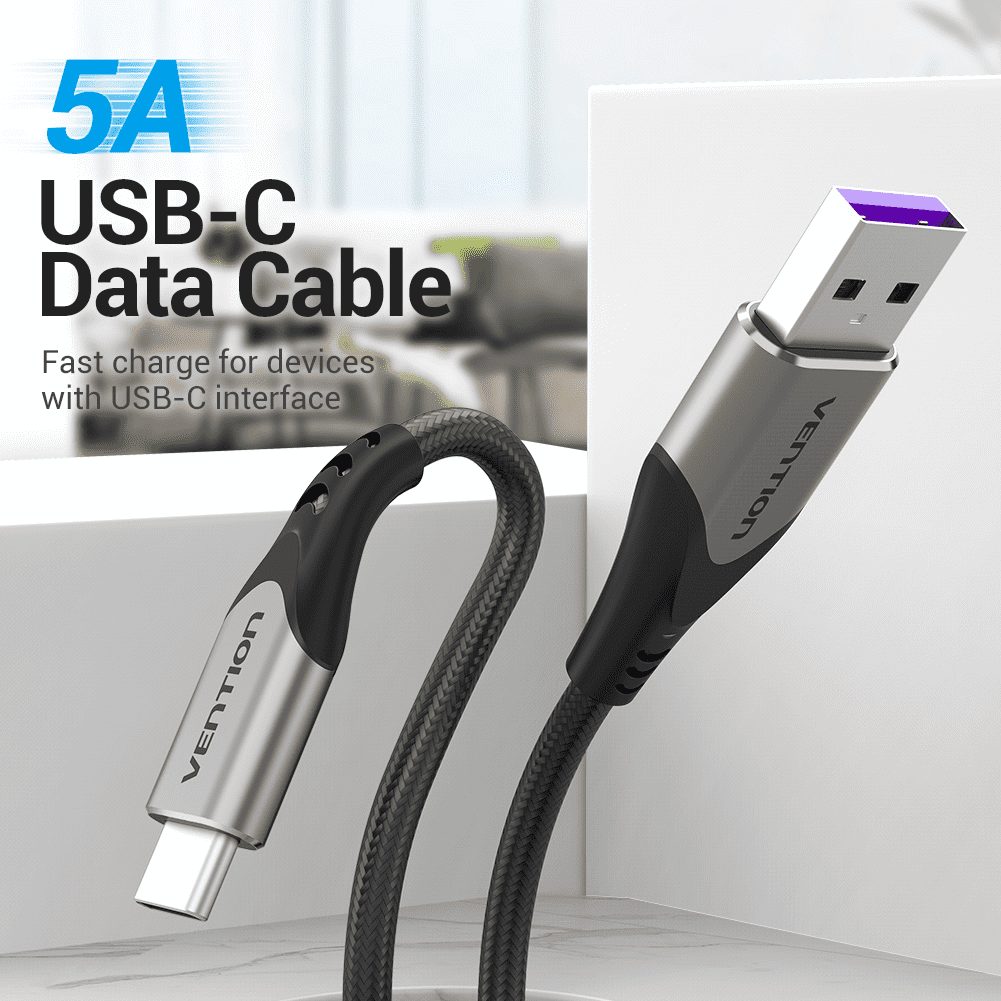 As a high-speed serial bus, the USB bus can meet the requirements of high-speed data transmission application environment with its extremely high transmission speed, and it also has the advantages of simple power supply (bus-powered), easy installation and configuration (supports plug-and-play and hot-swapping), easy port expansion (up to 127 peripherals can be expanded through a hub), diverse transmission methods (4 types of transmission), and a variety of data transmission methods (4 types of transmission).
As a high-speed serial bus, the USB bus can meet the requirements of high-speed data transmission application environment with its extremely high transmission speed, and it also has the advantages of simple power supply (bus-powered), easy installation and configuration (supports plug-and-play and hot-swapping), easy port expansion (up to 127 peripherals can be expanded through a hub), diverse transmission methods (4 types of transmission), and a variety of data transmission methods (4 types of transmission).
 The bus also has the advantages of simple power supply (bus-powered), easy installation and configuration (support for plug-and-play and hot-swappable), easy port expansion (up to 127 peripherals via hub), diverse transmission modes (4 transmission modes), and good compatibility (backward compatibility after product upgrade).
Since its introduction, the Universal Serial Bus (USB) has successfully replaced serial and parallel ports as the standard expansion interface and one of the necessary interfaces for a large number of computers and smart devices in the 21st century, and has now evolved to USB version 4.0. USB has the advantages of fast transmission speed, ease of use, support for hot-plugging, flexible connection, independent power supply, etc., and can be connected to keyboards, mice, high-capacity peripherals and other devices. It can be connected to a variety of peripherals such as keyboards, mice, mass storage devices, etc. The interface is also widely used in smart phones. The interaction between computers and other intelligent devices and external data is mainly based on the network and USB interface.
The bus also has the advantages of simple power supply (bus-powered), easy installation and configuration (support for plug-and-play and hot-swappable), easy port expansion (up to 127 peripherals via hub), diverse transmission modes (4 transmission modes), and good compatibility (backward compatibility after product upgrade).
Since its introduction, the Universal Serial Bus (USB) has successfully replaced serial and parallel ports as the standard expansion interface and one of the necessary interfaces for a large number of computers and smart devices in the 21st century, and has now evolved to USB version 4.0. USB has the advantages of fast transmission speed, ease of use, support for hot-plugging, flexible connection, independent power supply, etc., and can be connected to keyboards, mice, high-capacity peripherals and other devices. It can be connected to a variety of peripherals such as keyboards, mice, mass storage devices, etc. The interface is also widely used in smart phones. The interaction between computers and other intelligent devices and external data is mainly based on the network and USB interface.
 USB uses a four-wire cable, two of which are serial channels used to transfer data and two of which provide power to downstream devices, to transfer data at the highest rate that both devices can support for any peripheral that has been successfully connected and recognized by each other. USB is a token-based bus. The USB host controller broadcasts a token, and devices on the bus detect whether the address in the token matches their own and respond by receiving or sending data to the host. , hubs (Hub) and functional devices.
USB uses a four-wire cable, two of which are serial channels used to transfer data and two of which provide power to downstream devices, to transfer data at the highest rate that both devices can support for any peripheral that has been successfully connected and recognized by each other. USB is a token-based bus. The USB host controller broadcasts a token, and devices on the bus detect whether the address in the token matches their own and respond by receiving or sending data to the host. , hubs (Hub) and functional devices.
 The host, also known as the Root, Root Junction or Root Hub, which is made on the motherboard or installed on the computer as an adapter, contains the host controller and the Root Hub, which controls the flow of data and control information on the USB bus. Each USB system can have only one Root Hub, which is connected to the host controller, and a computer may have multiple Root Hubs.
The host, also known as the Root, Root Junction or Root Hub, which is made on the motherboard or installed on the computer as an adapter, contains the host controller and the Root Hub, which controls the flow of data and control information on the USB bus. Each USB system can have only one Root Hub, which is connected to the host controller, and a computer may have multiple Root Hubs.
 A hub is a specific component of the USB architecture that provides points called ports to connect devices to the USB bus, as well as detects devices connected to the bus and provides power management for those devices and is responsible for bus fault detection and recovery. The hub can provide power for the bus and also for itself (power from external sources).
The functional devices are connected to the bus via ports and the USB can also be used as a Hub.
A hub is a specific component of the USB architecture that provides points called ports to connect devices to the USB bus, as well as detects devices connected to the bus and provides power management for those devices and is responsible for bus fault detection and recovery. The hub can provide power for the bus and also for itself (power from external sources).
The functional devices are connected to the bus via ports and the USB can also be used as a Hub.


